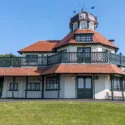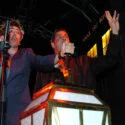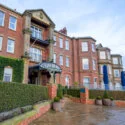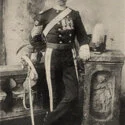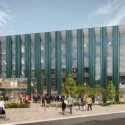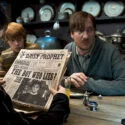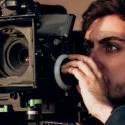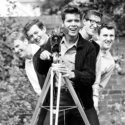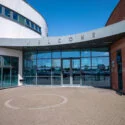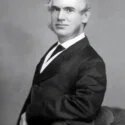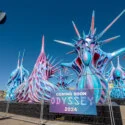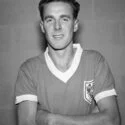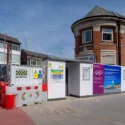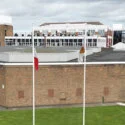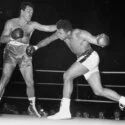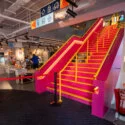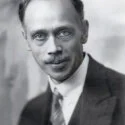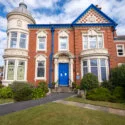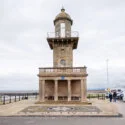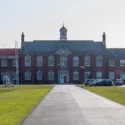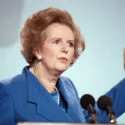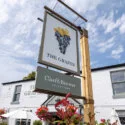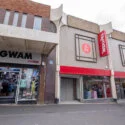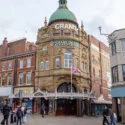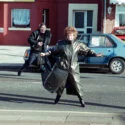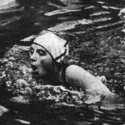Constructed in 1897 by Town Freeman and former Mayor Robert Mather JP, Courtfield was widely regarded as one of the finest residences in the borough. The Mather family remained in occupation until the property was sold by auction in 1945. Its name had been suggested by a family acquaintance, Reverend Father Bernard Vaughan, whose ancestral home in Gloucestershire, held by his family since 1570, bore the same title. The estate, comprising both buildings and land, was purchased for £14,750 with an additional £396 in associated costs. The acquisition provoked considerable public debate, largely due to concerns about expenditure and perceived competition between the proposed college catering facilities and local businesses, although there appeared to be little objection to the establishment of a hotel and catering school itself.
Courtfield became the centre for Hotel and Catering studies in 1947, when students were transferred from the Bakery School on Park Road. A decade earlier, similar classes had been held across various venues in Blackpool to support the town’s flourishing hospitality trade. An Advisory Committee was subsequently formed to examine the creation of a dedicated Catering Department at Blackpool Technical College. The purchase of the Courtfield estate for £14,750 laid the foundation for this development, which became known as “The Experiment.”
The total cost of the initiative reached approximately £60,000, covering both the extensive alterations to the house and its modern equipment. The facilities were considered among the most advanced in the country, and certain items—such as the silverware marked with the original Blackpool Technical College insignia—remained in use for decades. In earlier years, students recalled polishing the gleaming copper pans with lemon and salt at the close of their lessons, though these were later replaced with aluminium versions during the 1970s. Courtfield was formally inaugurated in June 1949 with a luncheon for Her Royal Highness, the Duchess of Gloucester, which received widespread publicity.
By 1956, plans were advanced to expand the premises by demolishing the former Coach House at the rear of the property. In the Mather era, the Coach House had accommodated four carriages, two horses and a coachman. The proposed development initially included prefabricated extensions costing £9,000. The Ministry of Education, however, recommended a more substantial permanent addition to provide a new college refectory adjacent to the main house, including a dining room, kitchen and service area. This raised the total expenditure to £21,104, though the increased revenue from catering operations helped to offset costs. The completed refectory quickly became a valued space for staff and students, and was on occasion opened to the public.
Public controversy, however, continued to surround the project. Disputes and inadequate communication between Council departments were cited as key causes of confusion during the college’s formation. Reports in the Blackpool Gazette noted the widespread misunderstanding among both councillors and residents concerning the distinction between the Courtfield development and a separate proposal for a Food Technology building. Despite such tensions, the planned extensions proceeded swiftly, establishing a modern and well-equipped home for what became known as Blackpool Catering College.
The Gazette of 13 October 1951 carried the headline “Battle Raging Over Catering College,” describing a period of strained relations and heated discussion, particularly over proposed staff salary increases. Yet, despite financial disputes and political friction, the morale and ambition of both staff and students remained strong. In time, Mr W. Rees Jones observed that one of his proudest moments had come when a former critic, Mayor Councillor Joseph Hill JP, expressed his pride in the outstanding results achieved by the college’s students.
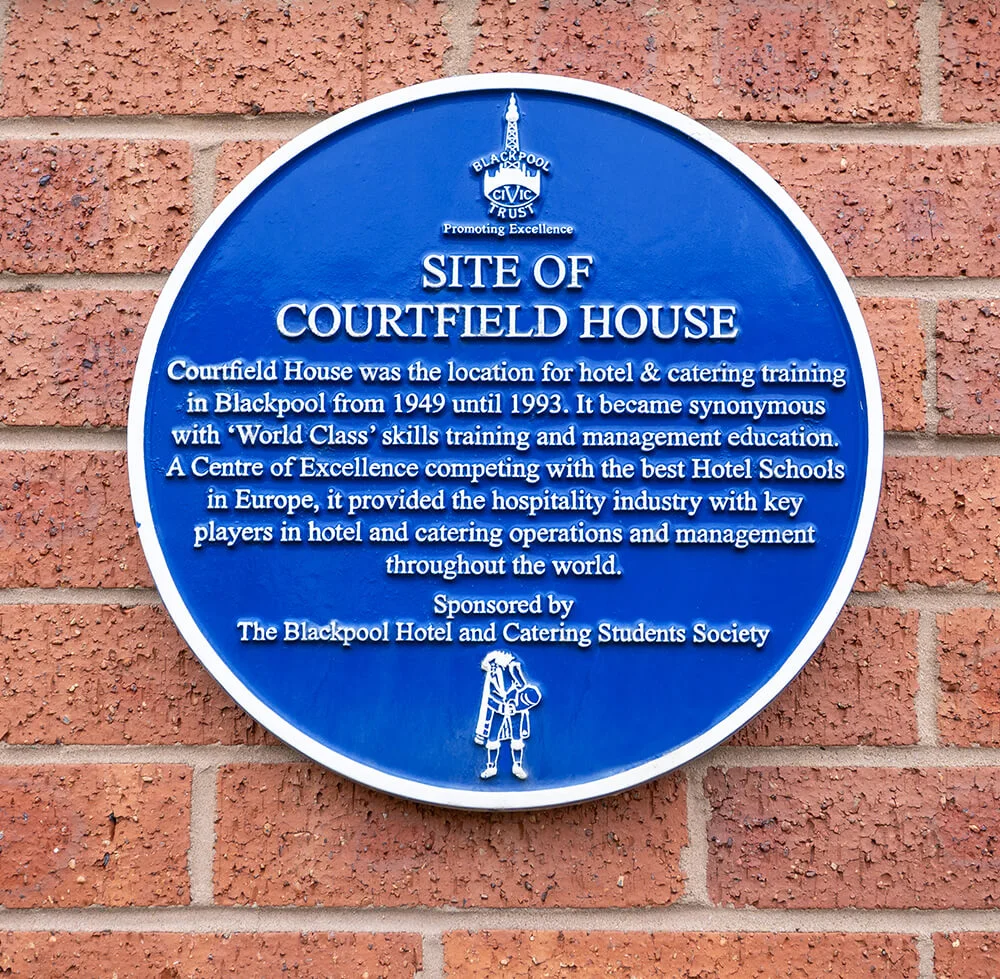
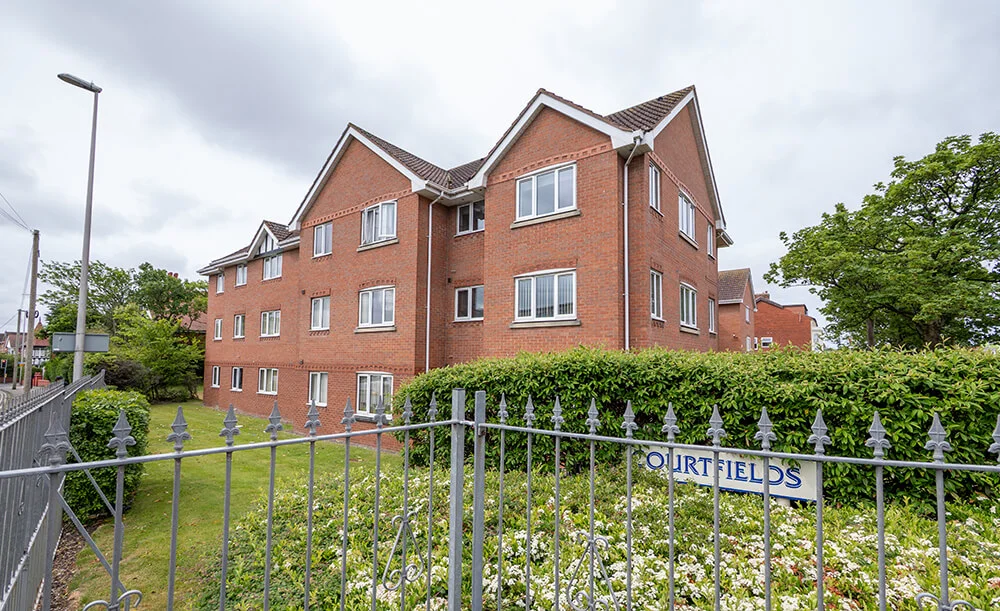
Text source: Fylde Coasterwebsite
Images by © Deeper Blue Marketing & Design Ltd


